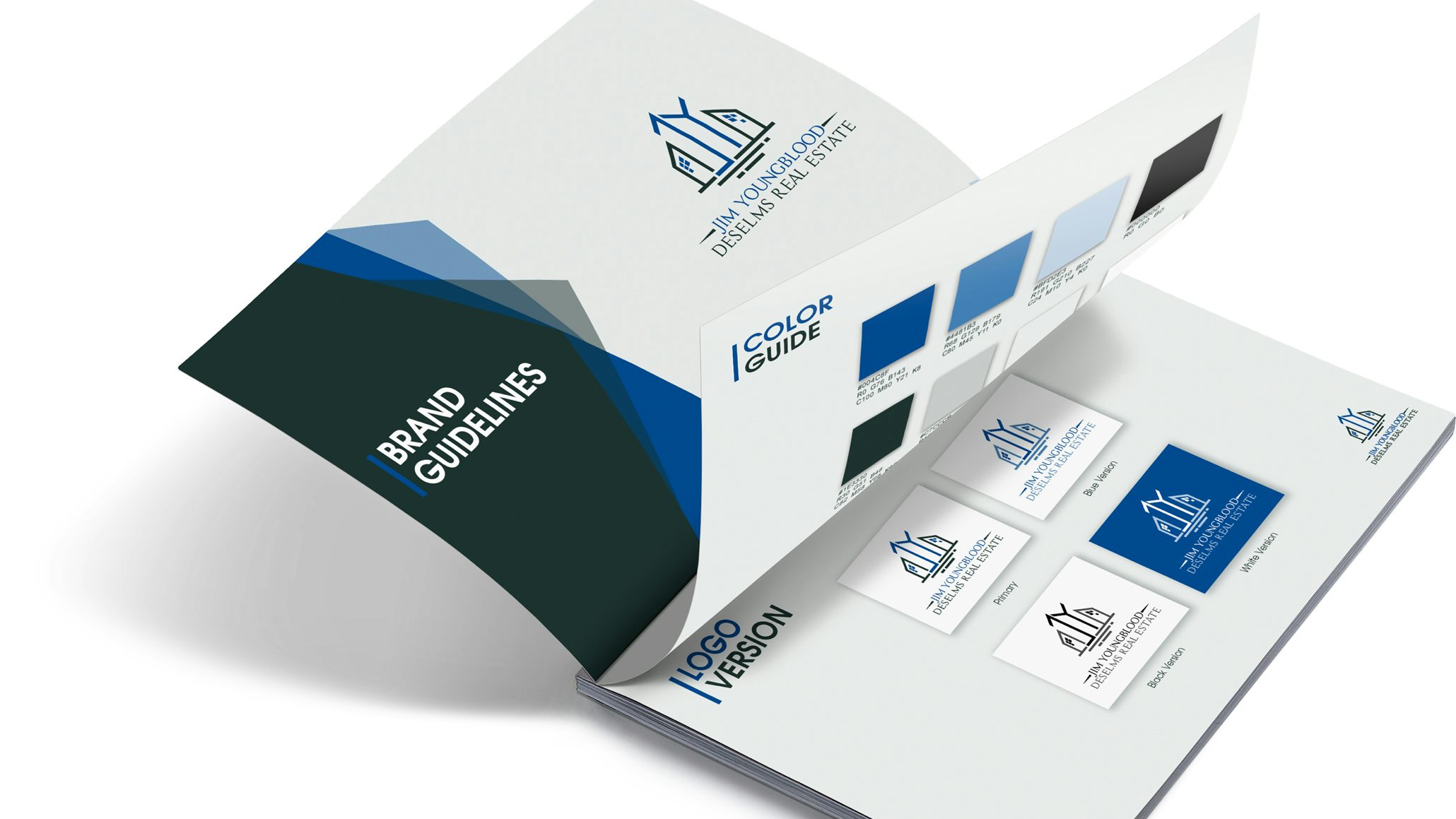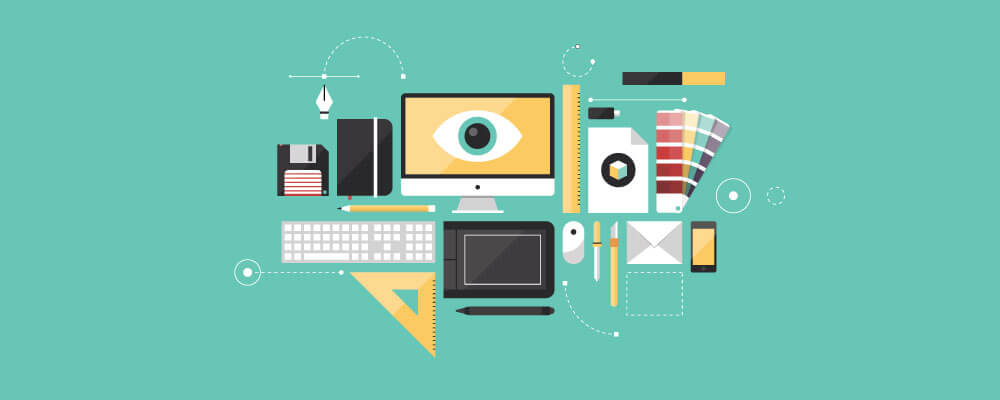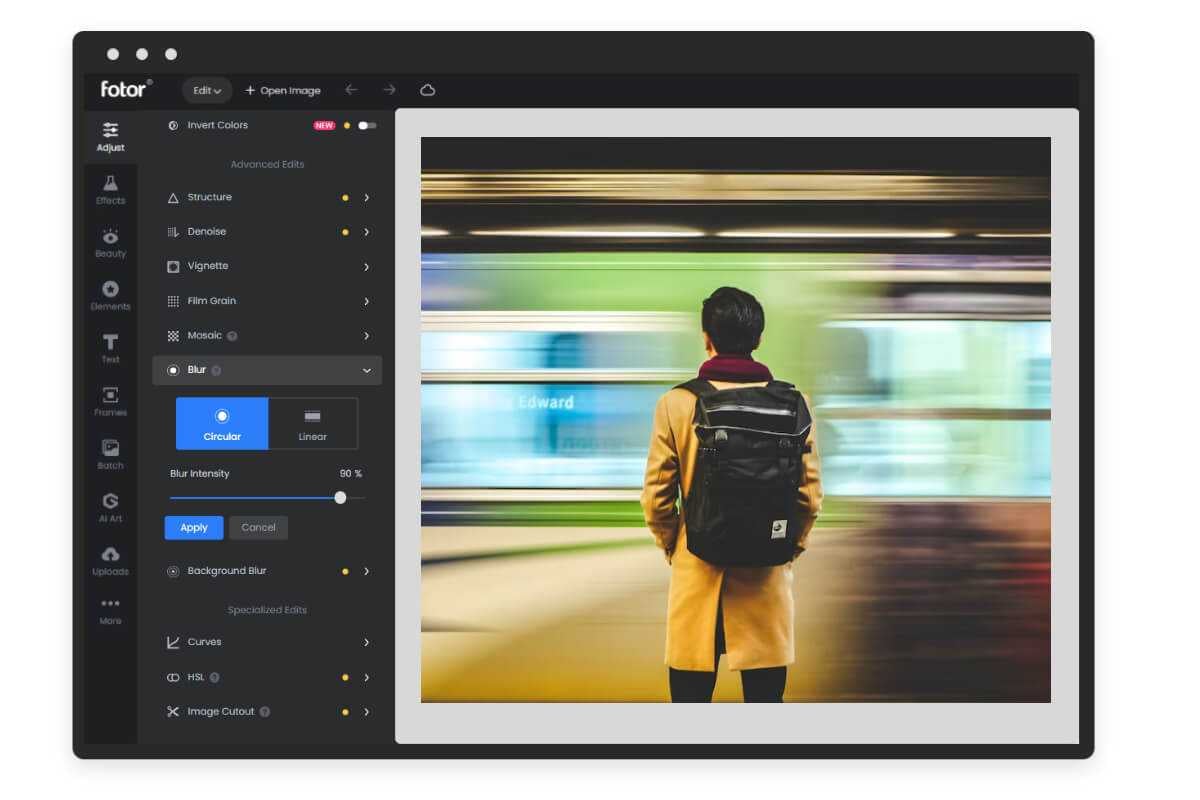Introduction to Graphic Design:
- Understanding the role of graphic design in various industries.
- Exploring the history and evolution of graphic design.
- Understanding the principles of design, including composition, color theory, typography, and visual hierarchy.

graphic design
Design Software and Tools:
- Introduction to design software such as Adobe Photoshop, Adobe Illustrator, and Adobe InDesign.
- Learning the essential features and functions of these software tools.
- Understanding how to use various tools for image editing, vector graphics creation, and layout design.
Visual Communication:
- Exploring visual communication theories and techniques.
- Understanding the use of images, icons, symbols, and typography to convey messages effectively.
- Creating visually appealing and meaningful designs for different purposes, such as branding, advertising, and publication.
Typography:
- Learning about different typefaces, font families, and their characteristics.
- Understanding the principles of typography, including legibility, readability, and hierarchy.
- Practicing typesetting and creating typographic compositions.
Branding and Identity Design:
- Understanding the importance of branding and corporate identity.
- Creating logos, brand guidelines, and visual identities for companies or organizations.
- Exploring color psychology and its role in branding.
Layout and Composition:
- Learning about layout principles and grid systems.
- Understanding how to arrange text, images, and other visual elements in a visually pleasing and balanced manner.
- Exploring different types of layouts for various mediums, such as print and web.
Digital Graphics and Web Design:
- Introduction to web design principles and best practices.
- Designing user-friendly and visually appealing websites and interfaces.
- Exploring responsive design and optimizing graphics for the web.
Print Design:
- Understanding the principles and requirements of print design.
- Creating designs for various print materials, such as brochures, flyers, posters, and packaging.
- Learning about print production processes and preparing files for printing.
Portfolio Development:
- Building a strong design portfolio showcasing your skills and creativity.
- Learning how to present and market your work effectively to potential clients or employers.
- Receiving feedback and refining your portfolio throughout the course.
Professional Practices and Freelancing:
- Exploring the business side of graphic design.
- Understanding client management, project workflow, and deadlines.
- Learning about freelancing opportunities and strategies for success.
Illustration:
- Exploring different illustration styles and techniques.
- Learning how to create digital illustrations using software tools.
- Understanding the use of illustrations in various design projects.
Motion Graphics:
- Introduction to motion graphics and animation principles.
- Learning software tools like Adobe After Effects for creating motion graphics.
- Understanding how to integrate motion and animation into design projects.
Photography and Image Editing:
- Basic photography principles, including composition and lighting.
- Learning how to edit and enhance photographs using software tools like Adobe Photoshop.
- Exploring the use of photography in design projects.
User Experience (UX) Design:
- Introduction to UX design principles and methodologies.
- Understanding user-centered design and usability testing.
- Learning how to create intuitive and user-friendly interfaces.
Design for Social Media:
- Understanding the role of graphic design in social media marketing.
- Creating engaging and shareable visual content for social media platforms.
- Exploring strategies for building a strong social media presence through design.
Packaging Design:
- Understanding the principles of effective packaging design.
- Learning how to create packaging designs that attract attention and communicate brand identity.
- Exploring materials, printing techniques, and sustainability considerations in packaging design.
Design Ethics and Copyright:
- Understanding ethical considerations in graphic design.
- Learning about copyright laws, intellectual property, and licensing.
- Exploring best practices for responsible and ethical design work.
Advanced Design Techniques:
- Exploring advanced design techniques and effects.
- Learning about special effects, image manipulation, and advanced typography.
- Experimenting with various design styles and pushing creative boundaries.
Collaborative Projects:
- Engaging in group projects to simulate real-world design collaboration.
- Learning how to communicate and work effectively with team members.
- Gaining experience in managing and executing design projects from start to finish.
Industry Trends and Professional Development:
- Staying updated with the latest design trends, technologies, and industry practices.
- Learning about career opportunities and pathways in graphic design.
- Exploring strategies for continuous learning and professional growth.













No comments:
Post a Comment